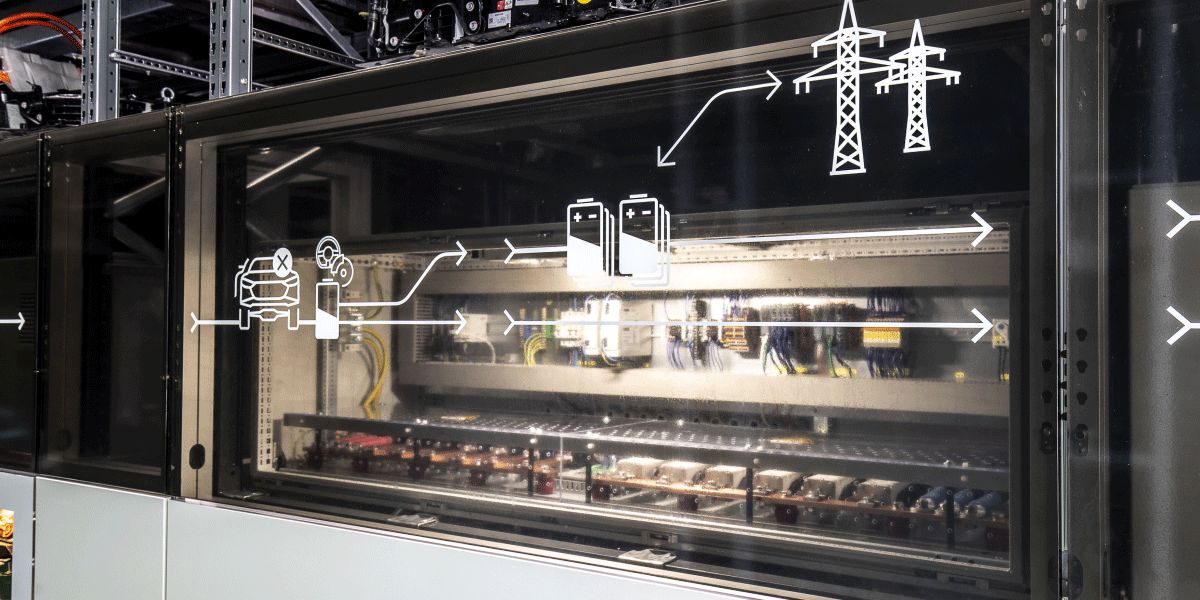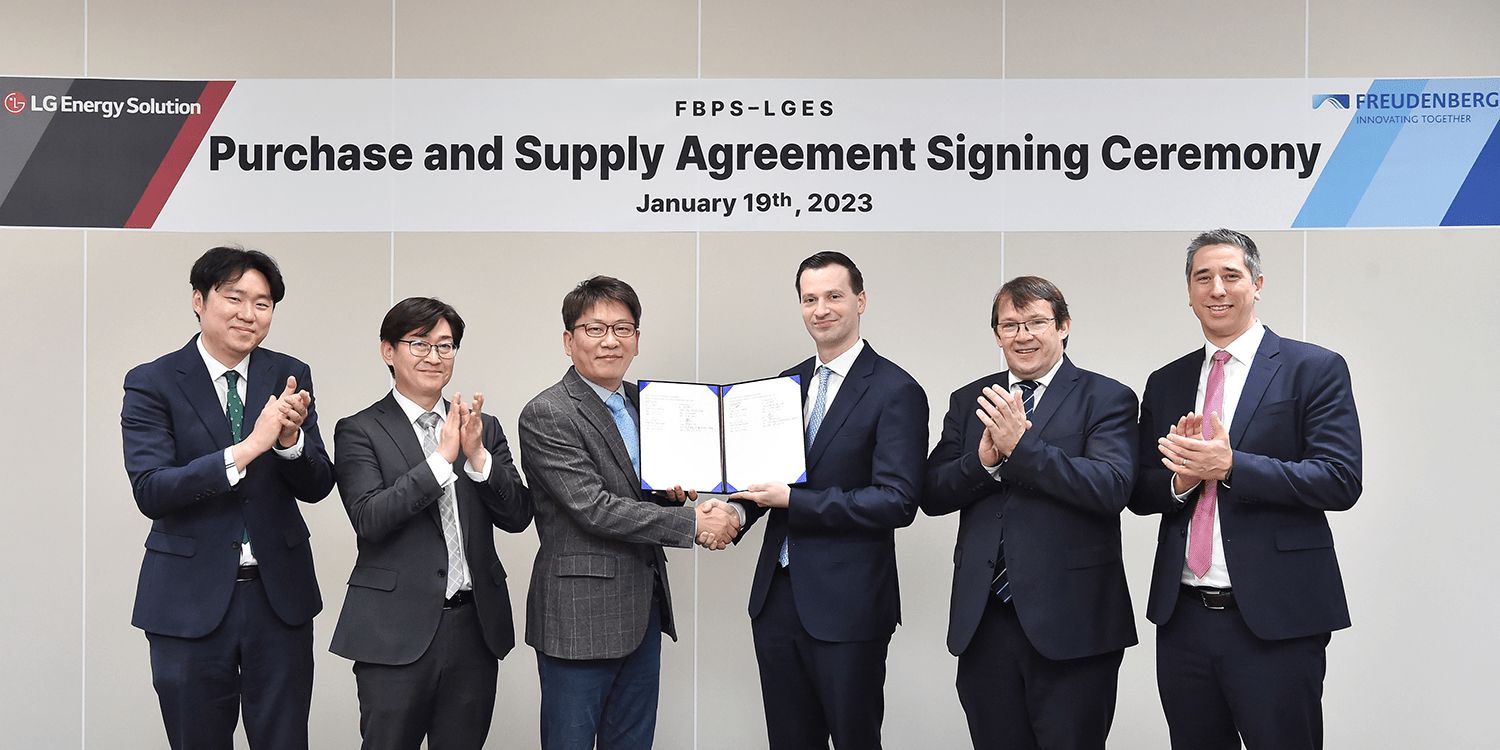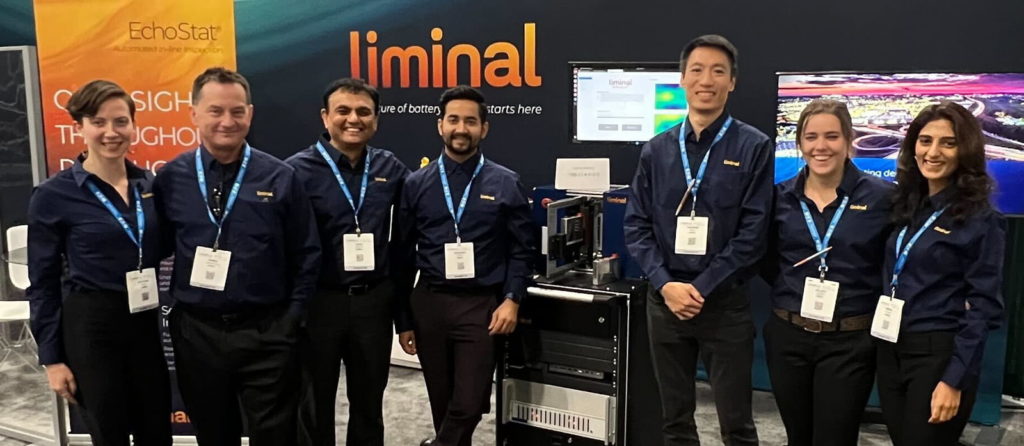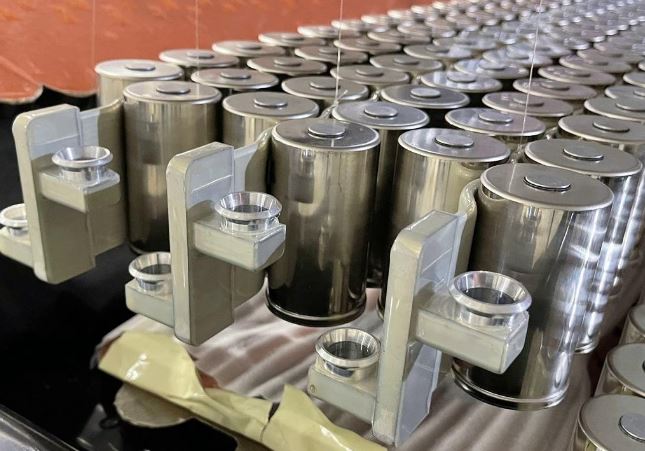For the first time, The Mobility House (TMH) has demonstrated that electric vehicle (EV) batteries can participate in energy market trading and earn substantial revenues. This was achieved by using the flexibility of EV batteries as mobile storage units, with the trial being conducted using stationary EV batteries and not actual vehicles. The experiment took place over six months at the EUREF Campus in Berlin and involved 18 of the 20 retired Audi e-tron batteries that were installed there in 2019.
TMH used software to simulate real-life driving and charging behavior based on German data for each battery. When not being “driven,” the system made the energy available to the European Power Exchange EPEX Spot, resulting in annual savings of €650 after taxes. The charging and discharging strategy factored in various parameters, such as minimum storage levels at departure and the energy system’s ability to take advantage of the flexibility inherent in EV batteries during charging and discharging.
See also: Energica Motor Experiences 67% Surge in Global Electric Motorcycle Sales in 2022
The testing evaluated both V1G and V2G, with the latter referring to bidirectional charging and discharging of the batteries. The software developed by TMH regulated the battery state of charge via algorithms and marketed their aggregated flexibility on energy markets. Testing took into account multiple energy markets simultaneously, balancing maximum revenue and various factors such as mobility demand, battery degradation, and grid connection.
In conclusion, The Mobility House has successfully demonstrated that EV batteries can be an integral part of the energy market, earning substantial revenue while contributing to a greener and more sustainable future.
“The revenues generated in this field trial by our algorithms are an impressive demonstration of the value of bidirectional charging,” says Marcus Fendt, CEO of The Mobility House. “We are working hard on products to unlock this value for our customers and thereby make the huge storage capacity of electric cars available to the energy system. To make this possible, it is now a matter of removing regulatory hurdles and not literally leaving the existing potential in the field of smart charging lying or standing on the road.”
In 2019, when TMH established the battery installation project with Audi, they already set a goal. A representative stated that their main objective was not just to manage power, but also to develop a viable software business. Reiner Mangold, who oversees sustainable product development for Audi, believed that second-life applications for EV batteries were crucial for making electric cars affordable and sustaining the automotive industry. The energy storage system can effectively utilize surplus electricity from sources such as wind power, photovoltaic systems, or the campus’ combined heat and power plant through its smart integration into the power grid.







